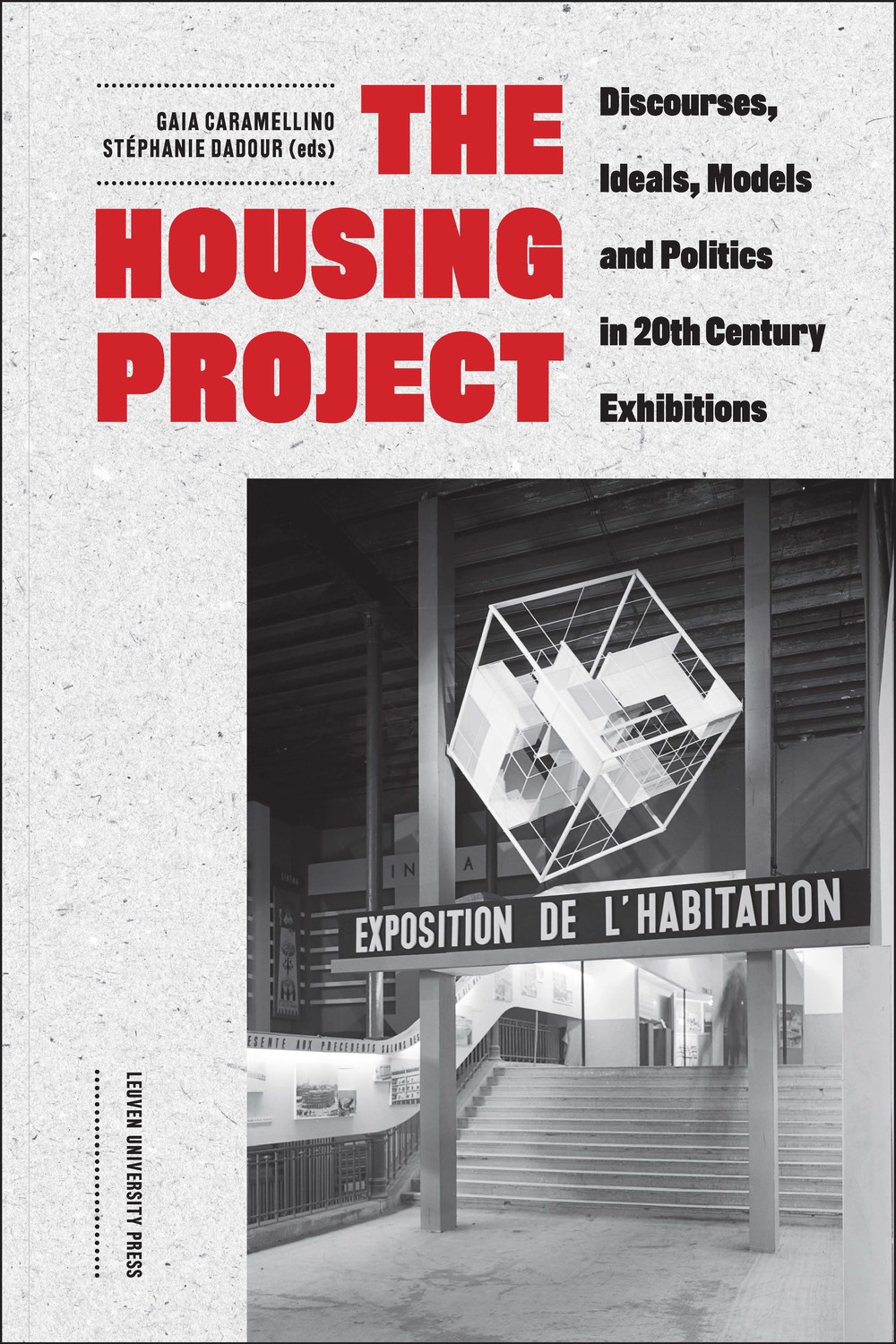
The Housing Project
Discourses, Ideals, Models and Politics in 20th-Century Exhibitions
Edited by Gaia Caramellino and Stéphanie Dadour
Regular price
€59.50
(including 6% VAT)
Sale
Edited volume - paperback
The
role and impact of housing exhibitions in architectural culture
This publication is GPRC-labeled (Guaranteed Peer-Reviewed Content).
Contributors: Tamara Bjažić Klarin, Gaia Caramellino, John Crosse, Stéphanie Dadour, Rika Devos, Fredie Floré, Johanna Hartmann, Erin McKellar, Laetitia Overney, José Parra-Martínez, Mathilde Simonsen Dahl, Eva Storgaard, Ludovica Vacirca
Introduction: Exhibiting Housing
Curating the Collective House: The Popularization of a new Housing Model in 1930s Sweden
Living, Working, Playing: Ernö Goldfinger’s Planning Exhibitions, 1943–46
Between Tradition and Modernity: Making Housing Women’s business. The Flat-Referendum, Salon des Arts Ménagers, Paris, 1959
Schooling the Eye in Modern Home Comforts: Spatial Concepts in the neues wohnen (new dwelling) Exhibition of 1949
PART 2 HOUSING EXHIBITIONS AS SITES OF MEDIATION
Multiple Modernisms: Negotiating Housing Models and Discourses during the New Deal at MoMA, 1932–1944
The American House behind the Iron Curtain: Circulating Built in USA in the Eastern bloc
Housing Exhibitions in Croatia in the 1930s and 1950s – from the Subversive Critical Platform to the Vehicle of the New Ideology
Synthesizing “the problem of the home”: The Buildings and Dwellings Pavilion at the Brussels World’s Fair of 1958
Format: Edited volume - paperback
Size: 230 × 170 × 16 mm
328 pages
Colour and b&w illustrations
ISBN: 9789462701823
Publication: March 04, 2020
Languages: English
Stock item number: 133933
Stéphanie Dadour is associate professor of history and theory of architecture at the École nationale supérieure d’architecture de Grenoble. She is a member of Laboratoire des Métiers de l’Histoire de l’Architecture (ENSAG) and of Laboratoire Architecture, Culture et Société (ENSA Paris-Malaquais UMR AUSser).
Les dix contributions rassemblées dans l’ouvrage s’attachent à éclairer, non le XXe siècle, mais une période particulièrement cruciale de l’histoire du logement (entre 1920 et 1960), de la crise aiguë qui caractérise l’entre-deux-guerres à la production de masse des années de croissance en passant par les problématiques spécifiques de la reconstruction. Elles montrent de manière particulièrement explicite la manière dont l’exposition d’architecture, souvent parée de vertus didactiques comme le rappelle Eva Storgaard, va s’imposer comme un efficace outil de promotion des politiques et des actions publiques, mais aussi de fixation et de circulation des modèles et des typologies.
Eléonore Marantz, Critique d’art, http://journals.openedition.org/critiquedart/86659
